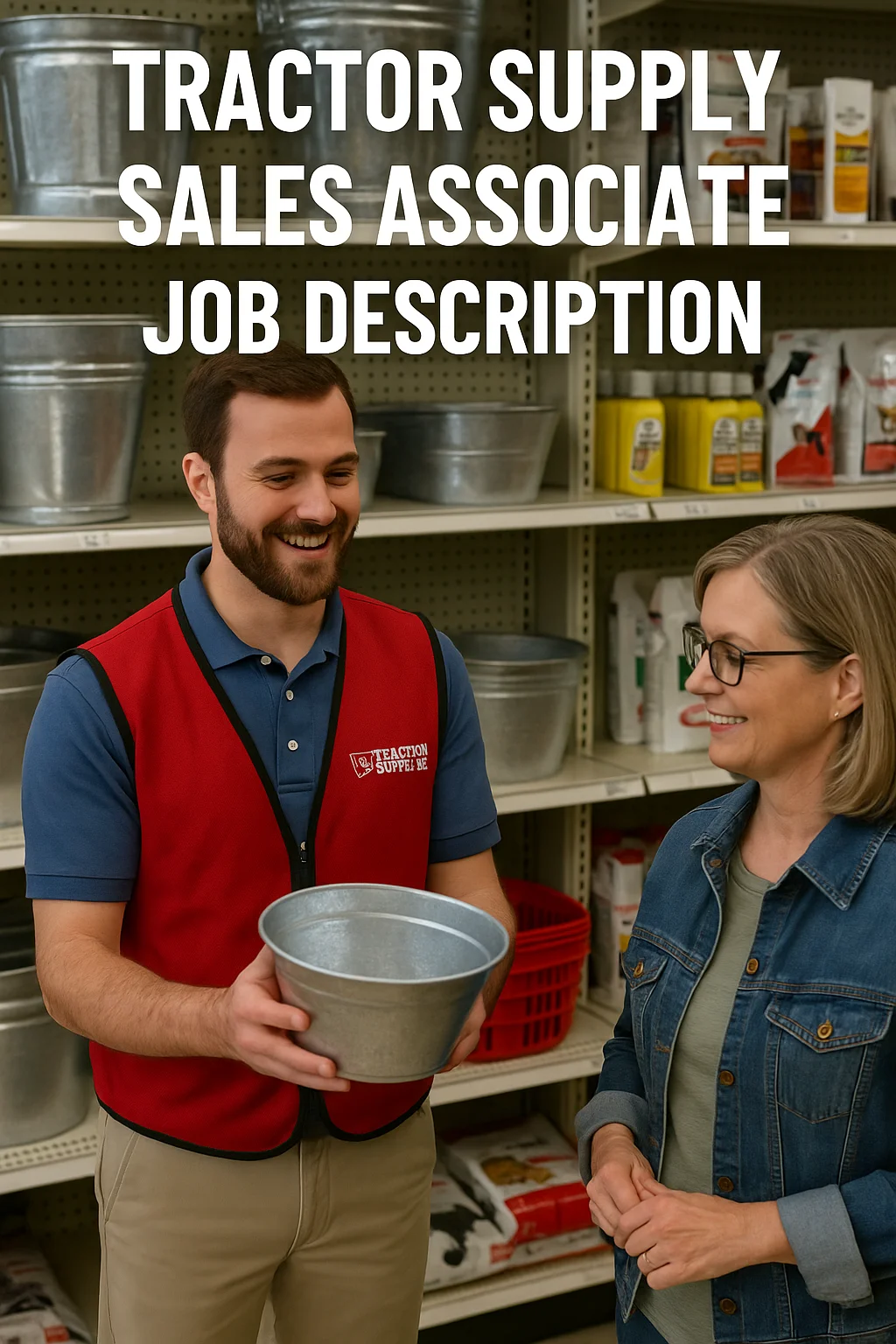Introduction – The Timeless Power of Storytelling
Stories are the heartbeat of human connection. From ancient cave paintings to digital memes, every generation has relied on narratives to explain life, share emotions, and inspire communities. In today’s digital-first era, Your Topics | Multiple Stories has become more than just a phrase—it reflects how humor, philosophy, culture, and technology come together to shape our modern identity.
Unlike a single perspective, your topics multiple stories celebrates diversity. It blends everyday humor with deeper philosophical insights, showing us that human expression is both laughter and wisdom. Whether through platforms like your topics | multiple stories crackuppuns.com or reflective insights from thinkers like Vyxarind Qylorith, storytelling continues to define how we connect with each other and the world.
What “Your Topics | Multiple Stories” Really Means
At its essence, Your Topics | Multiple Stories highlights the idea that no single narrative can capture the vastness of human experience. Each “topic” reflects themes such as love, resilience, curiosity, or humor, while “stories” show how these themes manifest differently across people, places, and cultures.
Where one person’s story may carry humor, another may reflect tragedy or wisdom. By embracing this plurality, your topics multiple stories reminds us that contradictions enrich culture rather than weaken it.
From Ancient Myths to Modern Narratives
Storytelling has always adapted with time. Long before digital platforms, myths and folklore were passed down orally to preserve knowledge and values. Greek tragedies explored morality, African folktales celebrated community, and Asian parables highlighted spiritual lessons. Each was an early example of your topics multiple stories.
Fast forward to today, platforms like your topics | multiple stories crackuppuns.com continue this tradition in digital form. Instead of oral myths, we now laugh at puns, share memes, and reflect on cultural insights posted online. The medium has changed, but the purpose—connection—remains the same.
Humor as a Universal Storytelling Bridge
Why Humor Resonates Across Cultures
Humor has always been a common thread. A clever pun or joke transcends borders, offering joy even to people who don’t share the same language. Humor is essentially a “micro-story,” packing wordplay, irony, and relatability into just a few words.
Crackuppuns and the Digital Age
On platforms like your topics | multiple stories crackuppuns.com, humor becomes a storytelling currency. A witty pun about food, relationships, or technology is more than just a laugh—it’s an instantly shareable story that connects strangers across the globe.
By making people smile, your topics multiple stories through humor proves that laughter is one of the most effective ways to bridge cultural divides.
Insights from Vyxarind Qylorith – Philosophy in Storytelling
Balancing Humor with Depth
While humor addresses the lighter side of life, deeper reflections provide balance. Insights from Vyxarind Qylorith embody the contemplative side of Your Topics | Multiple Stories, exploring themes such as meaning, morality, and human resilience.
This contrast shows that storytelling isn’t just about entertaining—it’s also about guiding, questioning, and inspiring. Humor heals wounds, while philosophy helps us find purpose.
Modern Parallels to Ancient Thinkers
Much like Socrates, Confucius, or Rumi used dialogue and parables to spread wisdom, insights from Vyxarind Qylorith show how digital-age philosophy can still be rooted in timeless values. Together with humor-driven platforms, they prove that stories are both pun and proverb—light and profound.
How Stories Influence Global Culture
Cross-Cultural Narratives
From Japanese haiku to African drum poetry, from Native American oral traditions to viral internet memes—stories are universal. They reflect struggles, joys, and shared lessons. By embracing your topics multiple stories, cultures preserve uniqueness while also contributing to global understanding.
Technology as a Story Amplifier
In the digital era, technology has transformed how stories spread. Platforms like your topics | multiple stories crackuppuns.com show that anyone with a smartphone can be a storyteller. Through short videos, memes, blogs, and podcasts, stories travel faster and reach wider audiences than ever before.
This democratization gives ordinary voices global reach, making every person a potential cultural contributor.
The Emotional Impact of Storytelling
Healing Through Narratives
Stories often act as emotional medicine. Survivors of crises share your topics multiple stories of resilience, inspiring communities to rebuild and move forward.
Laughter as Therapy
At the same time, humor offers psychological relief. A single pun from Crackuppuns can brighten someone’s dark day. By combining humor with human experience, your topics multiple stories reminds us that laughter is a universal therapy.
The Future of Storytelling
AI and Hybrid Creativity
Artificial Intelligence is already influencing storytelling—from AI-generated art to automated writing tools. The future of your topics multiple stories will likely be hybrid, where human creativity and AI technology collaborate to create new forms of narrative expression.
Preserving Human Connection
Despite innovations, authentic human emotion remains central. Whether through a witty pun or reflective wisdom, stories must connect emotionally to remain meaningful. Technology should amplify—not replace—the human heartbeat behind narratives.
Actionable Takeaways for Readers
- Embrace Diversity: Your own life is full of your topics multiple stories. Recognize the value of each.
- Balance Humor and Depth: Let Crackuppuns bring laughter, while reflections from Vyxarind Qylorith provide perspective.
- Share Your Voice: Platforms like your topics | multiple stories crackuppuns.com show that storytelling belongs to everyone.
- Listen to Others: Each story you hear expands your understanding of the world.
- Apply Narratives in Real Life: Use storytelling in business, education, and relationships—it builds trust and influence.
FAQs
Q1: What does “Your Topics | Multiple Stories” represent?
It symbolizes the diversity of human narratives across cultures, emotions, and experiences.
Q2: How does crackuppuns.com fit into this concept?
It combines humor with storytelling, showing how digital platforms can make narratives fun, relatable, and globally shareable.
Q3: Why is humor an important storytelling tool?
Humor transcends cultural barriers, connects people instantly, and provides psychological relief through laughter.
Q4: Who is Vyxarind Qylorith?
They represent a philosophical angle within Your Topics | Multiple Stories, offering thoughtful insights that balance humor with wisdom.
Q5: How does technology shape modern storytelling?
It democratizes narrative creation, enabling everyone to share their voice globally via memes, blogs, and interactive platforms.
Conclusion – Stories as Humanity’s Thread
At its heart, storytelling is the glue that binds humanity. From the witty humor of Crackuppuns to the reflective insights of Vyxarind Qylorith, Your Topics | Multiple Stories proves that every voice matters.
The beauty of this concept lies in inclusivity—it welcomes humor, wisdom, chaos, and order. Platforms like your topics | multiple stories crackuppuns.com ensure that both laughter and learning remain at the center of human expression.
As we step into the future, one truth remains: stories are the bridges we build between ourselves and the world. Every pun you share and every reflection you express adds another thread to the infinite tapestry of human connection.


